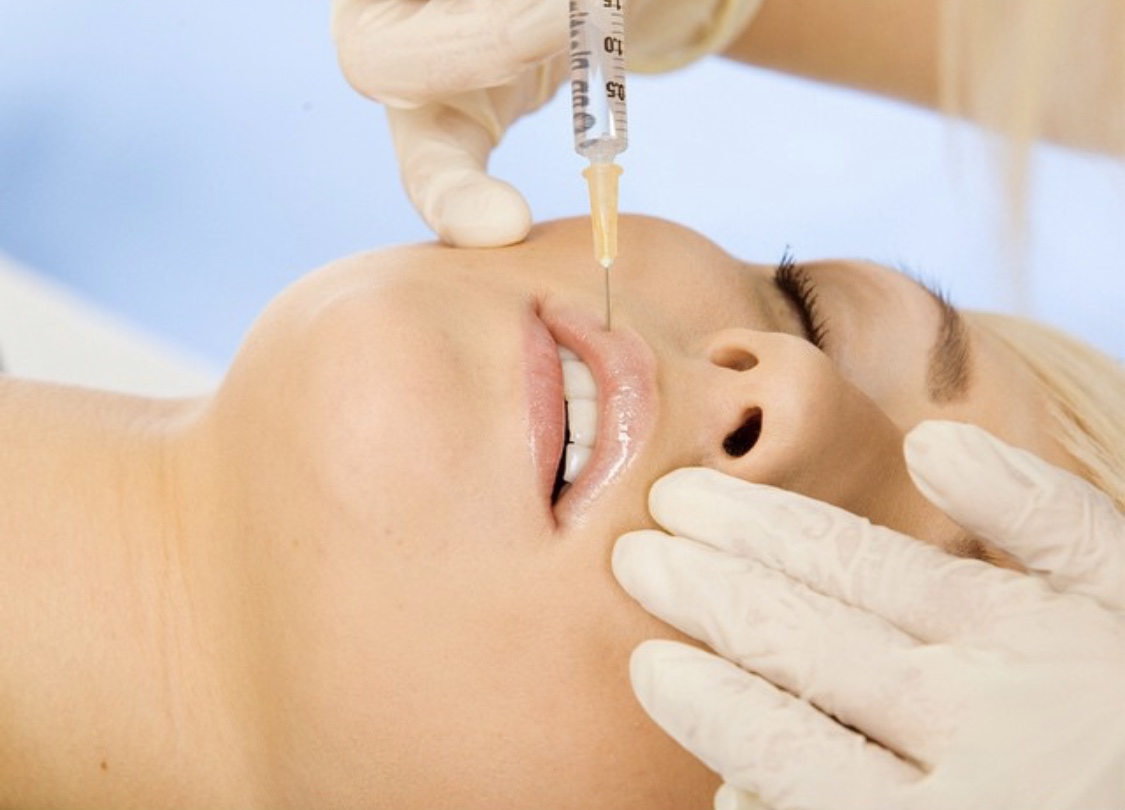What is Botulinum toxin?
Botulinum toxin is a drug that temporarily inhibits the action of the facial mimic muscles by reducing the formation of expression wrinkles. The term botox indicates the first drug that was introduced, based on botulinum toxin type A.

There are different names on the market, based on the commercial name of the company that produces it. Botulinum toxin in nature is produced by the bacterium clostridium botulinum. Botulinum acts by blocking the neuromuscular junction, preventing the nerves from carrying the impulse that allows to contract the muscles, that is, through the release of a neurotransmitter, acetylcholine.
For this reason, the botulinum is applied, as well as in aesthetic medicine, in all those neurological pathologies characterized by an altered contractility of the muscles, such as strabismus, spasticity, involuntary muscle contractions (for example of the eyelids), chronic migraine and urinary incontinence resulting from neurological dysfunctions.
is botulinum toxin certified?
In Italy the use of botulinum toxin was authorized by the Ministry of Health in 2004 only for one type of drug called Vistabex (in Italy), Botox (in the United States) or Vistabel (in France), and only for the forehead wrinkle treatment
Botox is effective in dynamic wrinkles, those deriving from excessive muscle contraction, while it is ineffective in static wrinkles, those deriving from the effect of gravity: in this case the hyaluronic acid filler or other surgical approaches are more effective, ranging from peeling with eyebrow / face lifting.
who can perform botulinum toxin injections?
It is essential that the preparation is injected by a specialized Plastic surgeon doctor,dermatologist or maxillofacial surgeon. In fact, an accurate knowledge of the doses to be injected and of the facial mimic anatomy of the forehead and of the periocular area is essential, to avoid an excessive spread of the drug that can cause unpleasant complications (such as fall of the eyelid or mephistophelic effect due to excessive lifting of the eyebrow)
Where is botulinum toxin used?
Botulinum toxin is indicated for the treatment of expression lines (dynamics) of the upper part of the face (forehead and periocular region, the so-called “crow’s feet”
More precisely, the Ministry of Health has authorized the use of botulinum for aesthetic purposes for the following districts:
which wrinkles are treated?
-vertical wrinkles (glabellar wrinkles) between the eyebrows
-frontal wrinkles, observed at the maximum elevation of the eyebrows
-lateral cantal wrinkles (the so-called “crow’s feet”) or lateral periocular wrinkles
-Treatment of glabellar and frontal wrinkles with botulinum toxin

Is the treatment painful?
The treatment is performed in our clinic. Local anesthesia is not necessary, as the needle with which the injections are performed is very thin and does not cause pain to the patient. Injections are performed at the mimic muscles of the forehead, eyebrow and periocular areas.
After the treatment, it is advisable to rest from physical activities for 24 hours, to avoid that the increase in pressure does not favor the spread of the drug.
Unlike fillers, whose filling effect is immediate, the botulinum takes a few days to act. 100% is reached after about 15 days.
How long does the effect last?
It is not immediate: the drug in fact begins to act after about 3/5 days. The top is reached after about 15 days. The duration is about six months, and depends on individual response factors to the drug, which change from subject to subject.
In 6 months the result is completely reversible. Usually we perform this treatment twice a year
Are there any contraindications?
Botulinum toxin must not be performed in patients with myasthenia gravis, if there is an inflammation / infection picture, and if the patient is taking anticoagulant / antiplatelet drugs and certain antibiotics. The first visit is crucial in this regard, when the Plastic Surgeon Specialist will investigate any active problems or ongoing therapies.
We do not recommend the treatment of botulinum toxin during pregnancy and breast feeding. We usually perform these treatments in our ambulatory


